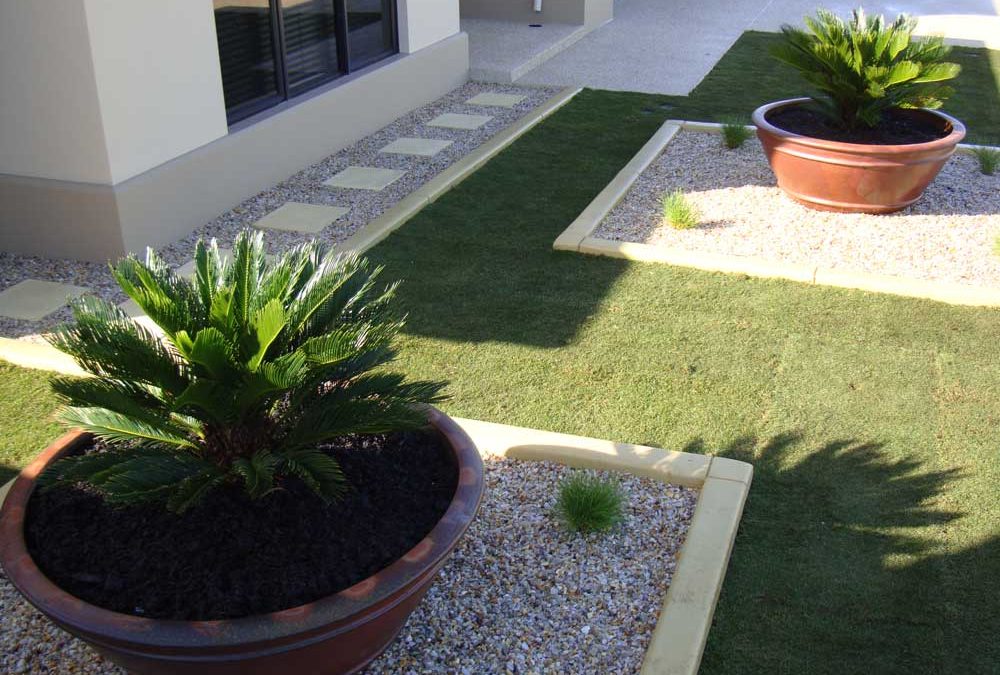You may have heard the term before, but what exactly does ‘landscape architecture’ entail? With its origins dating all the way back to the eighteenth century, landscape architecture is a diverse field incorporating aspects of botany, horticulture, fine arts, architecture, industrial design and much more.
Principles of Landscape Design
When it comes to landscape architecture, there are countless ways to characterise and shape designs. These may be based on the following principles:
- Unity which implies a sense of wholeness and is typically storyline-driven.
- Colour which offers the greatest appeal and emotive response.
- Line that connects, defines and separates space.
- Form including horizontal, spreading, rounded, weeping and pyramidal forms, as best demonstrated through different varieties of trees.
- Texture taking form through fine/coarse, heavy/light, thin/dense and light/shade binaries.
- Scale which features an interplay between different sizes or ‘values’ of objects in the landscape.
- Balance that offers a sense of stability and stateliness when formal, and a sense of movement when informal.
- Simplicity and variety which control the degree of repetition and contrast in form, texture and colour – ultimately, to keep things interesting!
What Do Landscape Architects Do?
As their name suggests, landscape architects play a crucial role in creating the stunningly cultivated outdoor environments we enjoy today. They design everything from backyards, urban parks and rural trails to skate parks and streetscapes. Some of the more distinct examples of stellar landscape architecture can be best seen through New York’s Central Park and Villa Doria Pamphili in Rome, which are frequented every year by millions of people from all over the world.
Not only is landscape architecture intended for aesthetic purposes, but it also offers solutions that save energy, reduce pollution and revitalise local areas. Another reason why landscape architects play such an important role is that they seek to achieve all this while making ecosystems healthier and more bio-diverse. As such, the scope of work that landscape architects are involved with includes site planning, recreation planning, urban planning, regional planning and historic preservation.
In essence, there are two primary elements within landscape architecture, known as ‘hardscape’ and ‘softscape’. Striking a balance between the two is the goal for any landscape design.
Softscape
The softscape of landscape architecture refers to the natural horticultural elements that landscape architects work with. These include plants, flowers, trees, shrubs and the soil itself.
Hardscape
Conversely, the hardscape features inanimate objects that are added to the natural environment – such as paving, walkways, gravel, plazas, retaining walls, sculptures and fountains. While more manmade, these can be comprised of natural materials such as stone.
What Do We Do?
With our experienced team, we are dedicated to offering tailored landscaping services. Our landscaping experts are always up for a chat and ready to provide their expertise wherever needed. If you would like to learn more about the services we offer or landscaping in general, please read more about our services!

